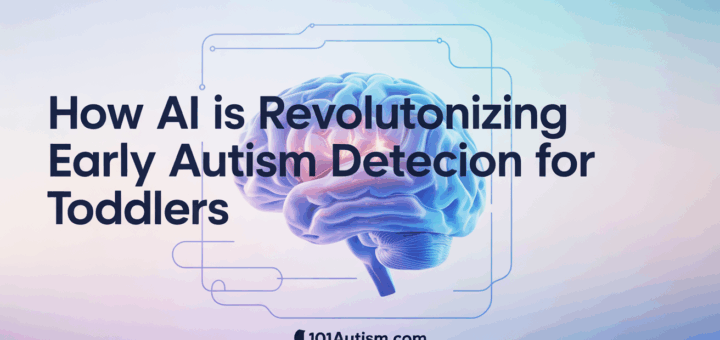Category: Autism Resources
Embarking on the journey of understanding and navigating the world of autism can be overwhelming. Our ‘Autism Resources’ category is here to be your steadfast companion in this journey, offering a rich repository of carefully curated resources that cater to the diverse needs and preferences of the autistic community and their families. From finding the right school to exploring various therapies and support groups, this section aims to empower you with knowledge and insights that are both deep and wide-ranging. Whether you are an individual with autism seeking guidance, or a family member looking to support your loved one, delve into our resources to find the answers and the community you seek. Together, we can foster understanding, empathy, and create a world that celebrates the spectrum of human experience.
PDA Autism: 11 Signs of a “Demand-Avoidant” Profile (That Are Not Just Being Difficult) If you’re parenting (or are) an autistic person who melts down over brushing teeth, explodes when asked to get dressed,...
Evidence-based self-evaluation tool to recognize autistic burnout symptoms and get personalized recovery recommendations Why Take This Autism Burnout Test? Evidence-Based Questions: 10 scientifically-backed criteria for autism burnout Instant Results: Immediate scoring with detailed explanations...
Understanding Late Diagnosis Autism Female: The Wave of Discovery Late diagnosis autism female cases are surging as women discover they’re autistic in their 20s, 30s, 40s, and beyond. For many women with late diagnosis...
Autism in girls is often overlooked or diagnosed later, as their symptoms differ from boys. Understanding the unique signs, early detection, and tailored support are crucial. By educating parents, educators, and healthcare providers, we can create an inclusive environment where girls with autism thrive both academically and socially.
Autistic meltdowns can be intense, overwhelming experiences at any age. While traditional research focuses on children and external behaviors, new data in 2025 reveals that autistic meltdowns in female adults often present differently. Many...
Early detection of autism spectrum disorder (ASD) in toddlers can dramatically improve developmental outcomes. However, traditional screening methods often delay diagnosis until after age six. Artificial intelligence is revolutionizing autism screening. It combines video...
Frequently Asked Questions (FAQs) How can I find autism support groups near me? You can easily find autism support groups by exploring our state-specific list above, complete with direct contact details and websites. Why...
TL;DR: Quick Guide to AI Autism Screening Tools ⚡ Key Takeaways What Are AI Autism Screening Tools? AI-enhanced screening tools use machine learning to analyze behavioral patterns and provide instant, personalized autism risk assessments....
For parents and caregivers — Halloween can be magical and overwhelming. This friendly guide helps you plan a sensory-aware, safe, and fun night. It includes practical steps, scripts, and gear that genuinely help. TL;DR...
Am I Neurodivergent? This question resonates with thousands of adults who have spent their lives feeling different, struggling with daily tasks that seem effortless to others, or masking their true selves to fit in....





